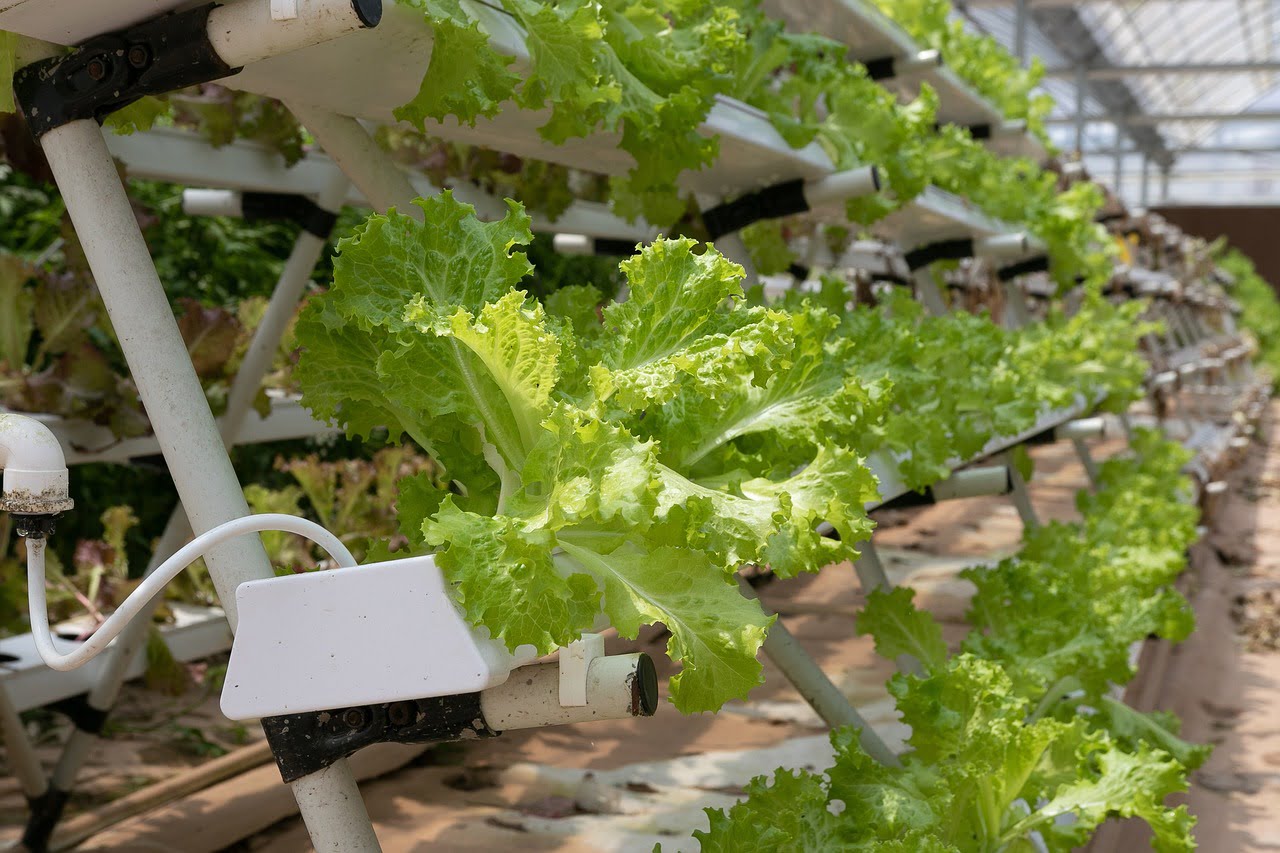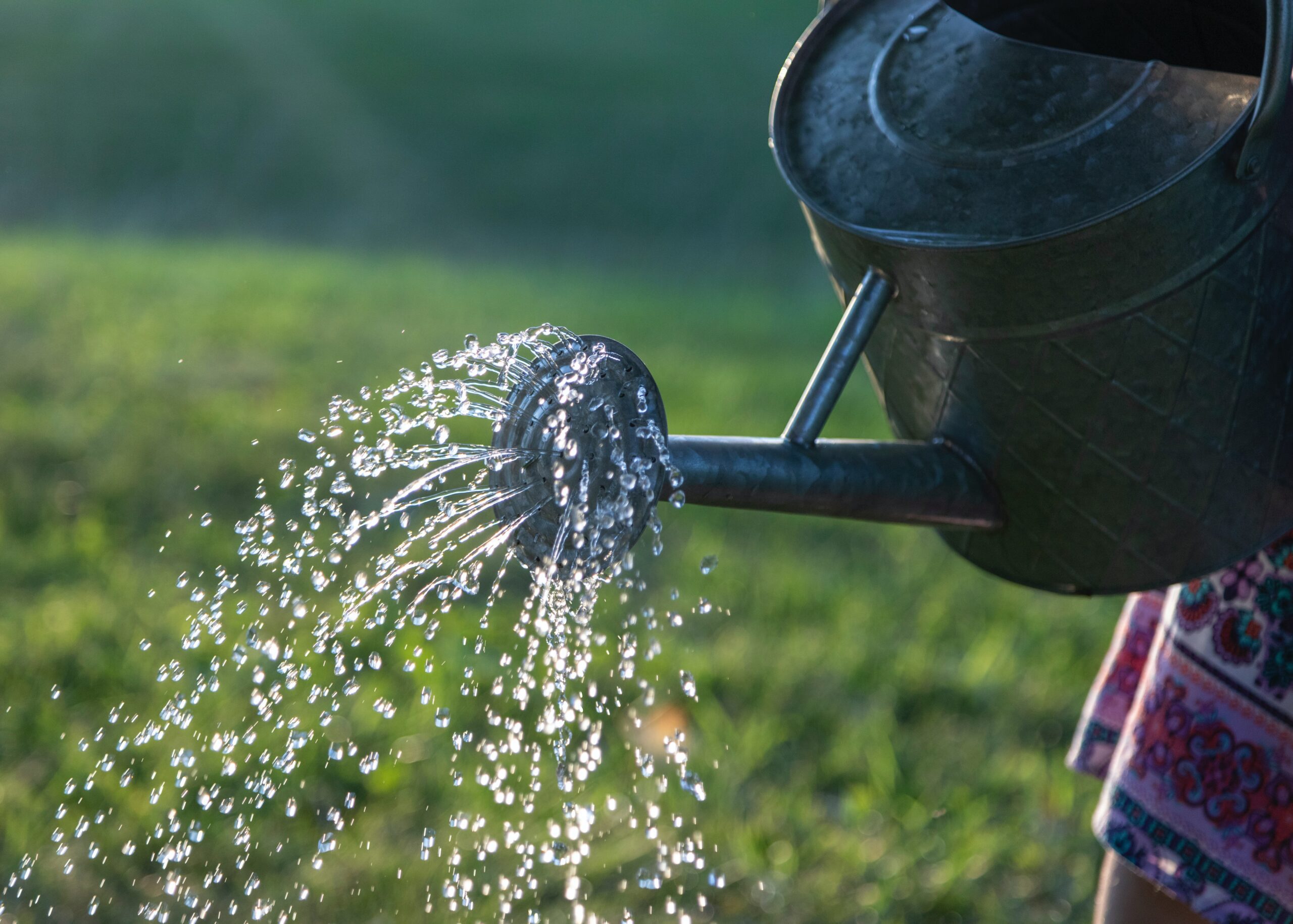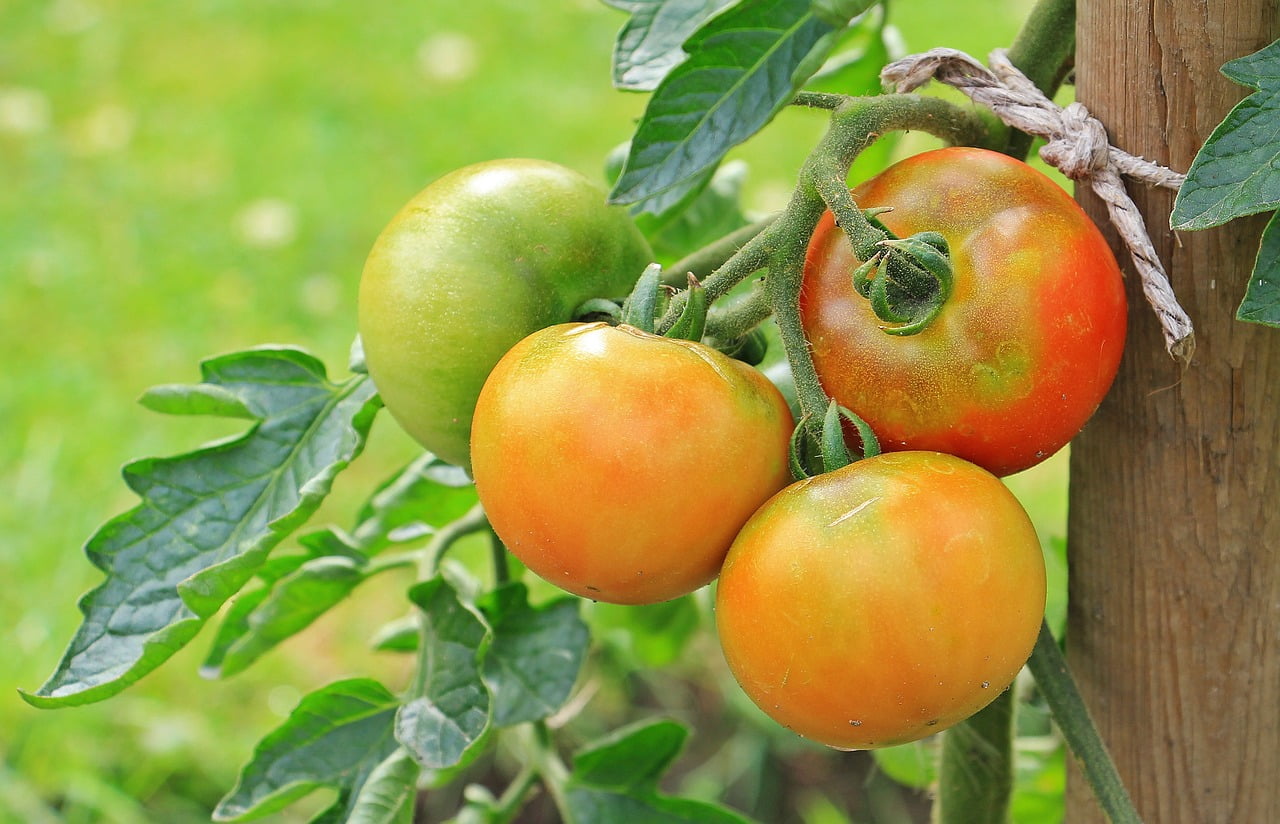Are you an urban farmer seeking to make the most of your small-space garden? Are you yearning to cultivate a bountiful harvest and maximize your yields? Look no further! In this ultimate urban farming guide, we’ll equip you with 10 powerful tips that will take your urban farming game to the next level. From optimizing space to selecting high-yield crops, we’ve got you covered. So roll up your sleeves, grab your gardening tools, and get ready to embark on an exciting journey of urban farming success!
Table of Contents
Ultimate Urban Farming Guide: 10 Powerful Tips for Maximum Yield
Tip 1: Embrace Vertical Gardening for Space Optimization

Vertical gardening is a game-changer for urban farmers looking to maximize limited space. Along with utilizing walls, trellises, and hanging containers, consider incorporating vertical structures such as living walls and vertical hydroponic systems. These innovative approaches provide even more opportunities to grow a diverse range of crops without compromising space.
Tip 2: Soil and Fertilizer Selection: The Bedrock of Success

Optimizing soil health is crucial for achieving maximum yields. Besides using nutrient-rich soil mixes, consider incorporating organic matter such as compost or worm castings to enhance soil fertility. Additionally, experiment with different organic fertilizers like fish emulsion or seaweed extracts to provide a balanced nutrient profile. Conduct soil tests regularly to monitor nutrient levels and adjust accordingly for optimal plant growth.
Tip 3: Intensive Planting: Squeeze in More Green

Intensive planting techniques go beyond companion planting and intercropping. Explore square foot gardening, where plants are strategically arranged in square foot sections, maximizing space usage. Take it a step further by practicing interplanting, where fast-growing crops are planted between slower-growing ones to maximize yield in a limited timeframe. Succession planting, which involves planting new crops as others are harvested, ensures a continuous harvest throughout the growing season.
Tip 4: Watering Wisdom: Quench Your Plants’ Thirst

Efficient water management is essential in urban farming. Consider installing drip irrigation systems or using self-watering containers to deliver water directly to plant roots while minimizing water waste. Collect rainwater using rain barrels or cisterns to reduce reliance on municipal water supplies. Implementing mulching techniques can also help retain soil moisture and reduce evaporation. Remember to adjust watering schedules based on weather conditions and the specific needs of your plants.
Tip 5: Pest Control: Defending Your Urban Farm
When it comes to pest control, integrated pest management (IPM) is key. Employ a combination of preventive measures, physical barriers, and biological controls. Encourage beneficial insects like ladybugs or lacewings to combat pests naturally. Utilize row covers or netting to protect crops from insects and birds. Regularly monitor your plants for signs of pest infestation and promptly address any issues to prevent widespread damage.
Tip 6: Crop Selection: Opt for High-Yield Champions

Expand your crop selection to include a wide range of high-yield varieties suitable for your urban environment. Alongside leafy greens, herbs, tomatoes, and peppers, explore lesser-known crops like Swiss chard, kale, or Asian greens. Experiment with microgreens, which offer quick and abundant harvests in small spaces. Incorporate edible flowers such as nasturtiums or marigolds, adding beauty and taste to your urban farm.
Tip 7: Sunlight Optimization: Harness the Power of the Sun

Maximizing sunlight intake is vital for urban farming success. Besides selecting shade-tolerant crops, consider using reflective materials or mirrors strategically positioned to redirect sunlight into shaded areas. Utilize light-colored walls or reflective mulches to bounce sunlight back onto plants. Additionally, explore vertical shading options like trellises or pergolas with shade cloth to protect sensitive crops from excessive heat during scorching summer months.
Tip 8: Nutrient Boost: Feed Your Plants for Success
In addition to organic fertilizers and compost teas, explore natural amendments that provide specific nutrients lacking in your soil. For example, bone meal is rich in phosphorus, which promotes root development, while kelp meal offers a source of essential micronutrients. Experiment with vermicomposting, using nutrient-rich worm castings to enhance soil fertility naturally. Regularly monitor plant nutrient deficiencies and adjust your feeding regime accordingly.
Tip 9: Regular Maintenance: Cultivate with Care

Regular maintenance is crucial for the health and productivity of your urban farm. Inspect your plants regularly for signs of disease, pest infestation, or nutrient deficiencies. Prune and trellis plants to promote better air circulation and prevent overcrowding. Provide appropriate support for climbing plants and harvest ripe crops promptly to encourage continuous production. By staying proactive and addressing issues promptly, you’ll ensure the long-term success of your urban farm.
Tip 10: Community Collaboration: Cultivating Connections
Beyond the technical aspects, community collaboration plays a significant role in urban farming. Engage with local gardening groups, join community gardens, or participate in farmer’s markets. Share your knowledge and surplus harvest with neighbors and establish connections within the urban farming community. Collaboration fosters a supportive network, allowing you to exchange tips, experiences, and resources while strengthening the urban farming movement.
Safety Considerations In Urban Farming Guide
Urban farming, like any agricultural practice, requires attention to safety considerations to ensure the well-being of both farmers and consumers. Here are some important safety guidelines and precautions to keep in mind when engaging in urban farming:
Non-Toxic Materials: When constructing vertical gardening structures, such as trellises or living walls, choose non-toxic materials that are safe for plants and humans. Avoid using treated wood, which may contain harmful chemicals. Opt for materials such as untreated cedar, food-grade plastics, or metal that won’t leach toxins into the soil or water.
Safe Handling of Fertilizers: Fertilizers can be beneficial for plant growth but should be handled with care to prevent any potential hazards. Follow these guidelines:
- Please make sure to read and adhere to the instructions provided on the packaging of the fertilizer.
- Wear appropriate personal protective equipment (PPE) such as gloves and goggles when handling fertilizers.
- Ensure that fertilizers are kept out of reach of children and pets.
- Store fertilizers in a cool, dry place away from direct sunlight or heat sources.
- Avoid overuse of fertilizers, as excessive amounts can harm plants and contribute to environmental pollution.
Proper Pest Control Practices: Pest control is an integral part of urban farming, but it’s important to use methods that are safe for both humans and the environment. Follow these practices:
- Minimize the use of chemical pesticides and opt for organic and natural alternatives whenever possible.
- Follow the instructions provided with pesticide products carefully and avoid applying them in excessive amounts.
- Use physical barriers such as row covers or netting to protect crops from pests, reducing the need for chemical interventions.
- Regularly monitor plants for signs of pest infestation and take prompt action to prevent widespread damage.
Food Safety and Hygiene: Urban farming often involves growing crops for consumption, so it’s essential to prioritize food safety and hygiene. Consider the following guidelines:
- Wash hands thoroughly with soap and water before and after working in the garden, especially before handling harvested produce.
- Harvest produce when it’s ripe and at its peak quality. Discard any spoiled or damaged produce.
- Clean and sanitize gardening tools regularly to prevent the spread of pathogens.
- Store harvested produce properly in clean containers and refrigerate when necessary to maintain freshness and reduce the risk of foodborne illnesses.
Water Quality: Ensure the water used for irrigation is of good quality and free from contaminants. Consider these practices:
- If using municipal water, be aware of any water quality reports provided by the local authorities. If there are concerns about water quality, consider using filtration systems.
- If collecting rainwater for irrigation, use clean containers or install a proper rainwater harvesting system to prevent contamination.
- Avoid using water from potentially polluted sources, such as roadsides or industrial areas.
Electrical Safety: Some urban farming systems may involve the use of electrical equipment such as grow lights or irrigation systems. Follow these safety measures:
- If using electrical equipment outdoors, ensure that it is rated for outdoor use and protected from water or moisture.
- Follow manufacturer instructions for installation, usage, and maintenance of electrical equipment.
- Use Ground Fault Circuit Interrupters (GFCIs) in areas where water and electricity may come into contact to prevent electrical shocks.
By following these safety guidelines and taking precautions, urban farmers can create a safe and healthy environment for themselves, their plants, and their communities. Remember to stay informed about local regulations and seek guidance from agricultural extension services or experts to ensure adherence to specific safety requirements in your area.
Addressing Challenges and Common Issues
Urban farming comes with its own set of challenges. To ensure a successful and rewarding urban farming experience, it’s important to be aware of these challenges and equip yourself with practical solutions. Here are some common issues faced in urban farming and ways to overcome them:
Limited Space: Urban environments often have limited space for gardening. To make the most of your available space, embrace vertical gardening techniques, such as utilizing walls, trellises, and hanging containers. Consider using compact and space-saving plant varieties, such as dwarf varieties or bushy plants. Additionally, explore community gardens or shared spaces to expand your growing area.
Soil Quality: Urban soils may be contaminated or lacking in nutrients. Conduct a soil test to assess its quality and address any deficiencies. Enhance the fertility and structure of the soil by incorporating organic matter like compost or thoroughly decomposed manure. If contamination is a concern, consider using raised beds or container gardening with fresh soil mixes.
Limited Sunlight: Tall buildings and shading structures can limit the amount of sunlight your plants receive. Select crops that tolerate partial shade and position them strategically to maximize sunlight exposure. Utilize reflective surfaces, mirrors, or light-colored walls to redirect and amplify sunlight. Supplement with artificial grow lights, especially for indoor or shaded areas.
Water Availability: Urban areas may have limited water resources or strict water restrictions. Implement water-saving techniques such as drip irrigation or self-watering systems to minimize water usage. Collect and store rainwater using rain barrels or cisterns for irrigation during dry periods. Applying mulch around plants aids in preserving soil moisture and minimizing evaporation.
Pest and Disease Pressure: Urban environments can harbor pests and diseases that can affect your crops. Practice good garden hygiene by keeping your growing area clean and removing debris that may attract pests. Implement integrated pest management (IPM) strategies, such as using natural predators, physical barriers, and organic pest control methods. Regularly monitor plants for signs of pests or diseases and take swift action to mitigate the damage.
Noise and Air Pollution: Urban areas often have higher levels of noise and air pollution, which can impact plant health. Choose resilient plant varieties that are less sensitive to pollution. Consider installing air-filtering plants or vertical gardens to help mitigate air pollution. Shield sensitive plants from noise and dust by using barriers or selecting quieter areas within your space.
Community Engagement: Building a sense of community and addressing potential conflicts with neighbors is essential. Communicate with your neighbors about your urban farming activities, addressing any concerns they may have. Consider hosting workshops or open garden events to educate and involve the community. Share the bounty of your harvest with neighbors and foster positive relationships.
By addressing these challenges and providing practical solutions, you can overcome common issues and create thriving and productive urban gardens.
FAQs:
Q1: What are the best high-yield crops for urban farming?
A: Some excellent high-yield crops for urban farming include leafy greens like spinach and lettuce, herbs such as basil and cilantro, compact varieties of tomatoes and peppers, and quick-growing microgreens.
Q2: Can I practice urban farming without access to direct sunlight?
A: Absolutely! While direct sunlight is ideal, many crops can still thrive in partial shade. Opt for shade-tolerant varieties, strategically position reflective surfaces, and utilize light-colored walls to make the most of available light.
Conclusion:
Congratulations! You’ve now armed yourself with 10 powerful tips from our ultimate urban farming guide. By embracing vertical gardening, optimizing soil and fertilizer selection, intensifying planting, and employing other strategies, you’re well on your way to achieving maximum yield in your urban farm. Remember to adapt these tips to suit your unique urban environment and experiment with different techniques to find what works best for you. So, don’t hesitate—grab your gardening gloves and embark on your urban farming journey with confidence. The ultimate harvest awaits you!
